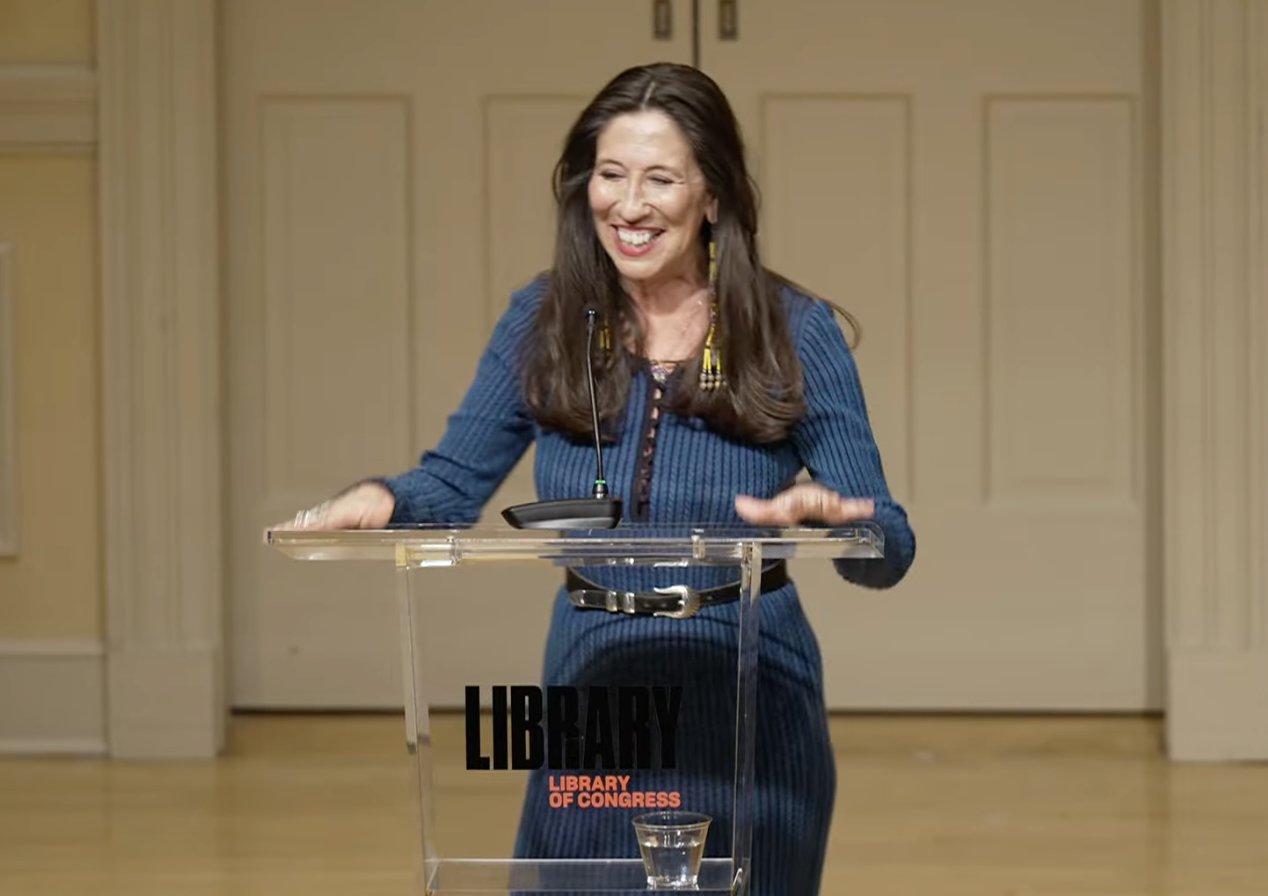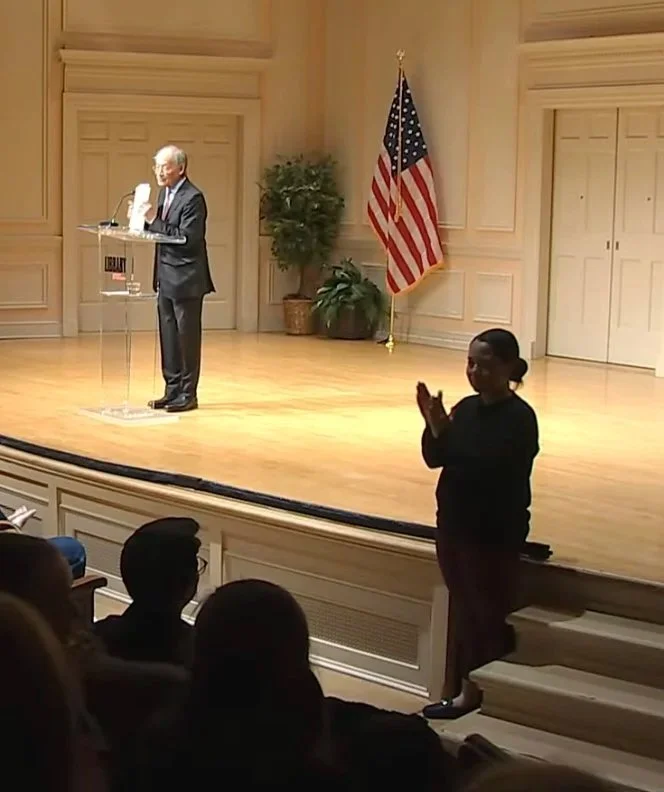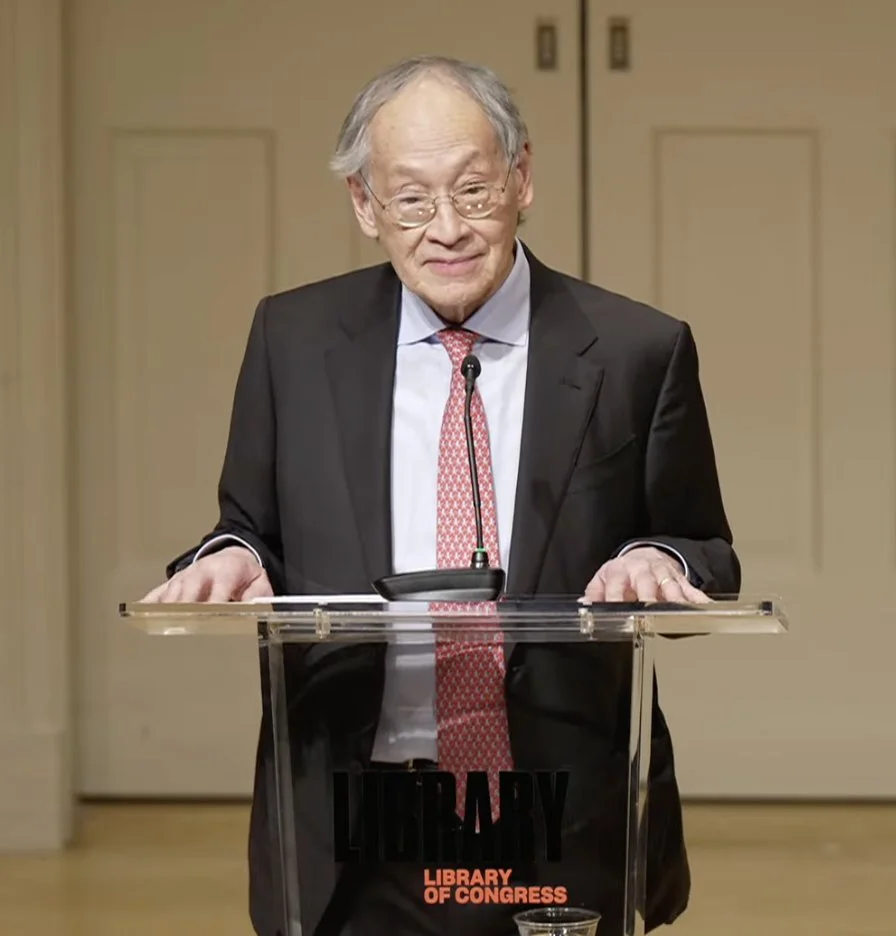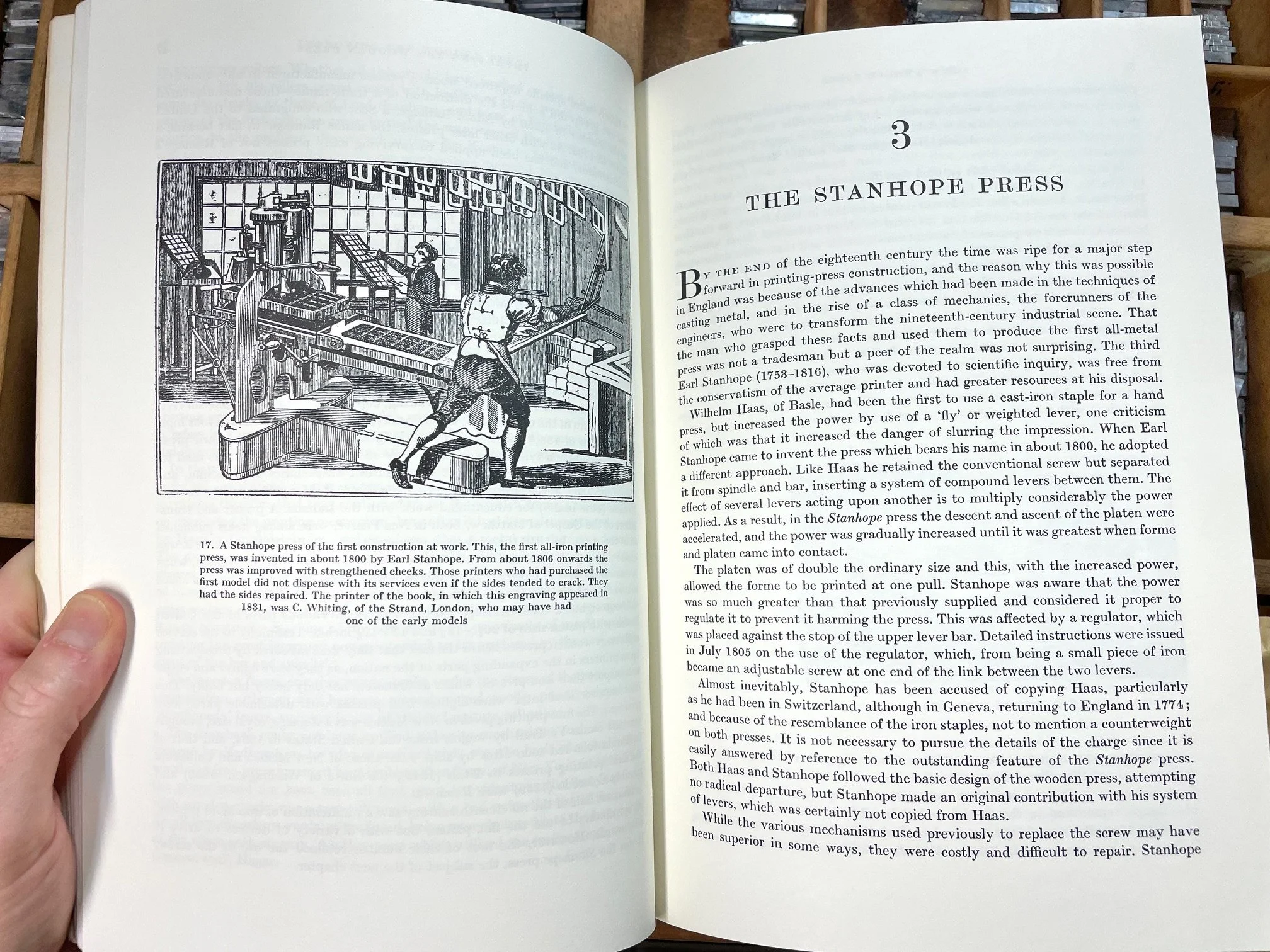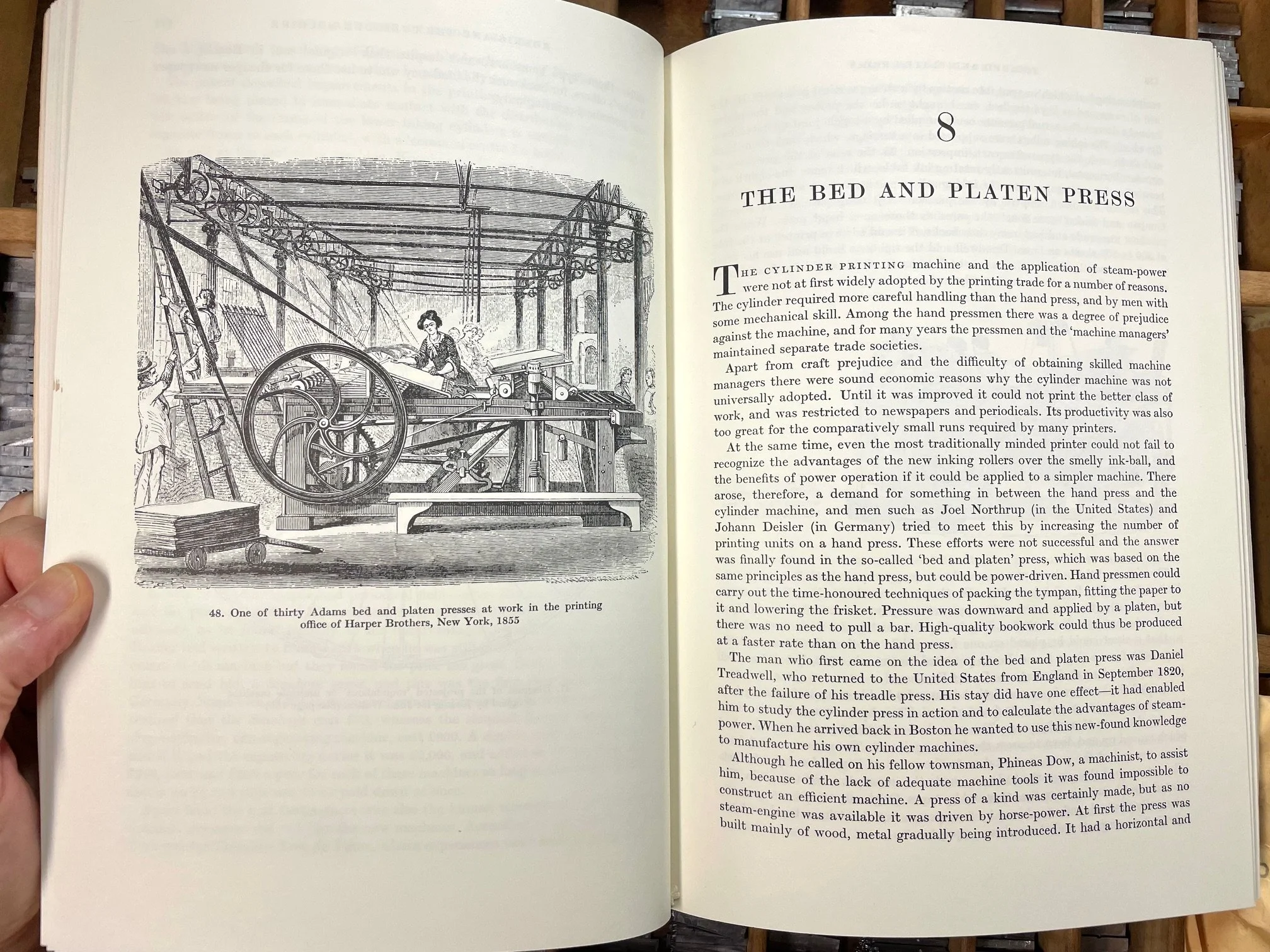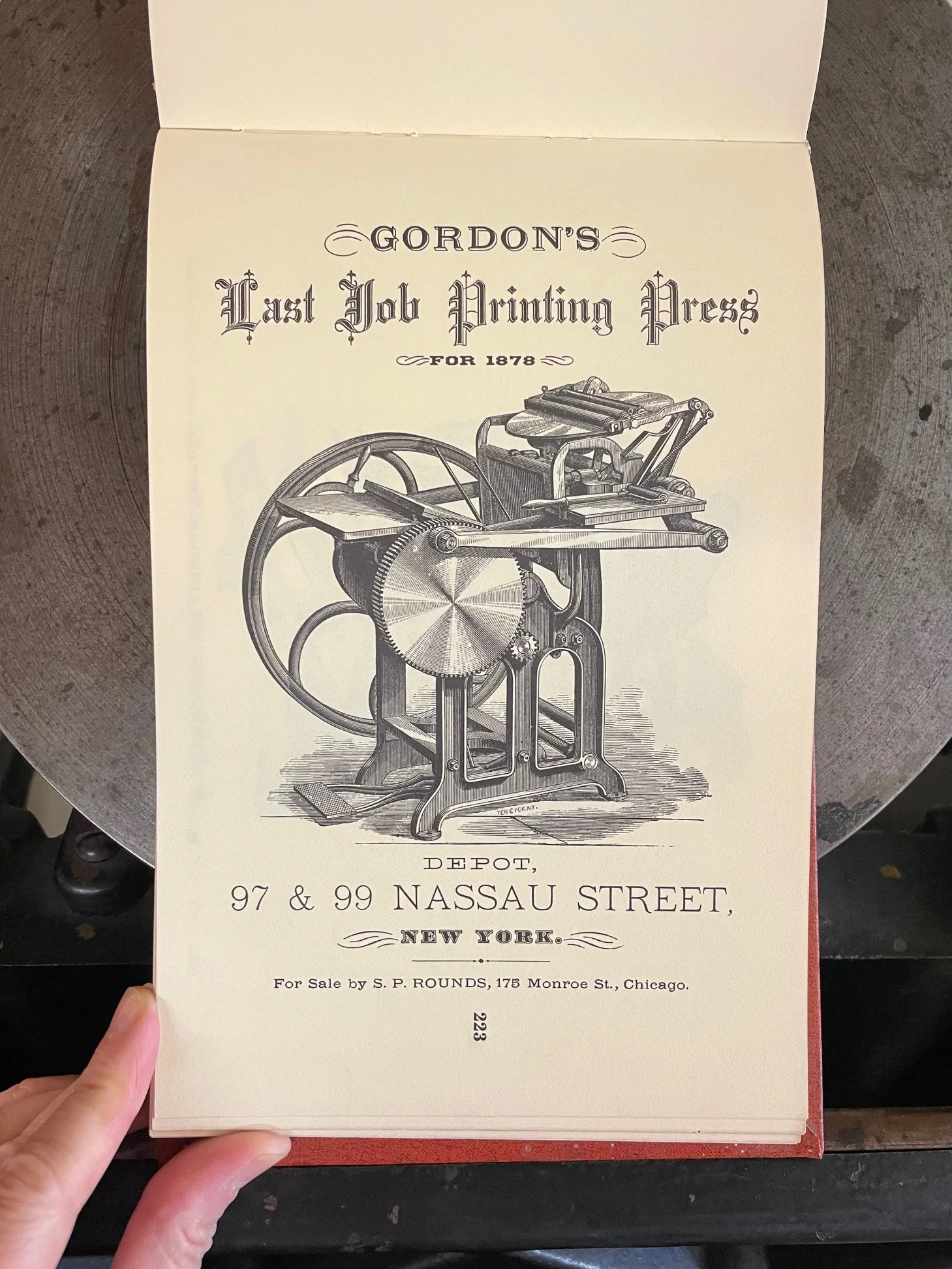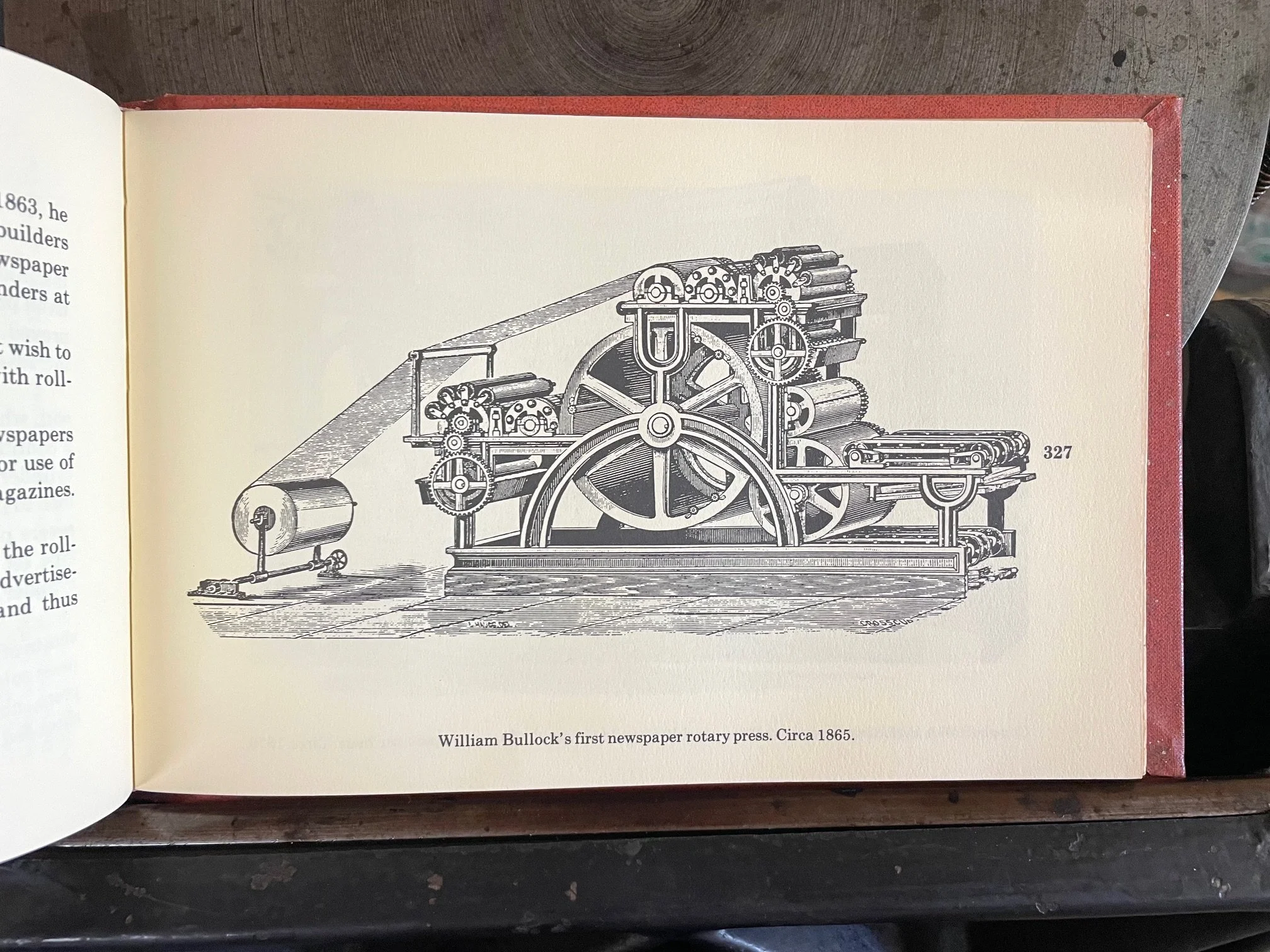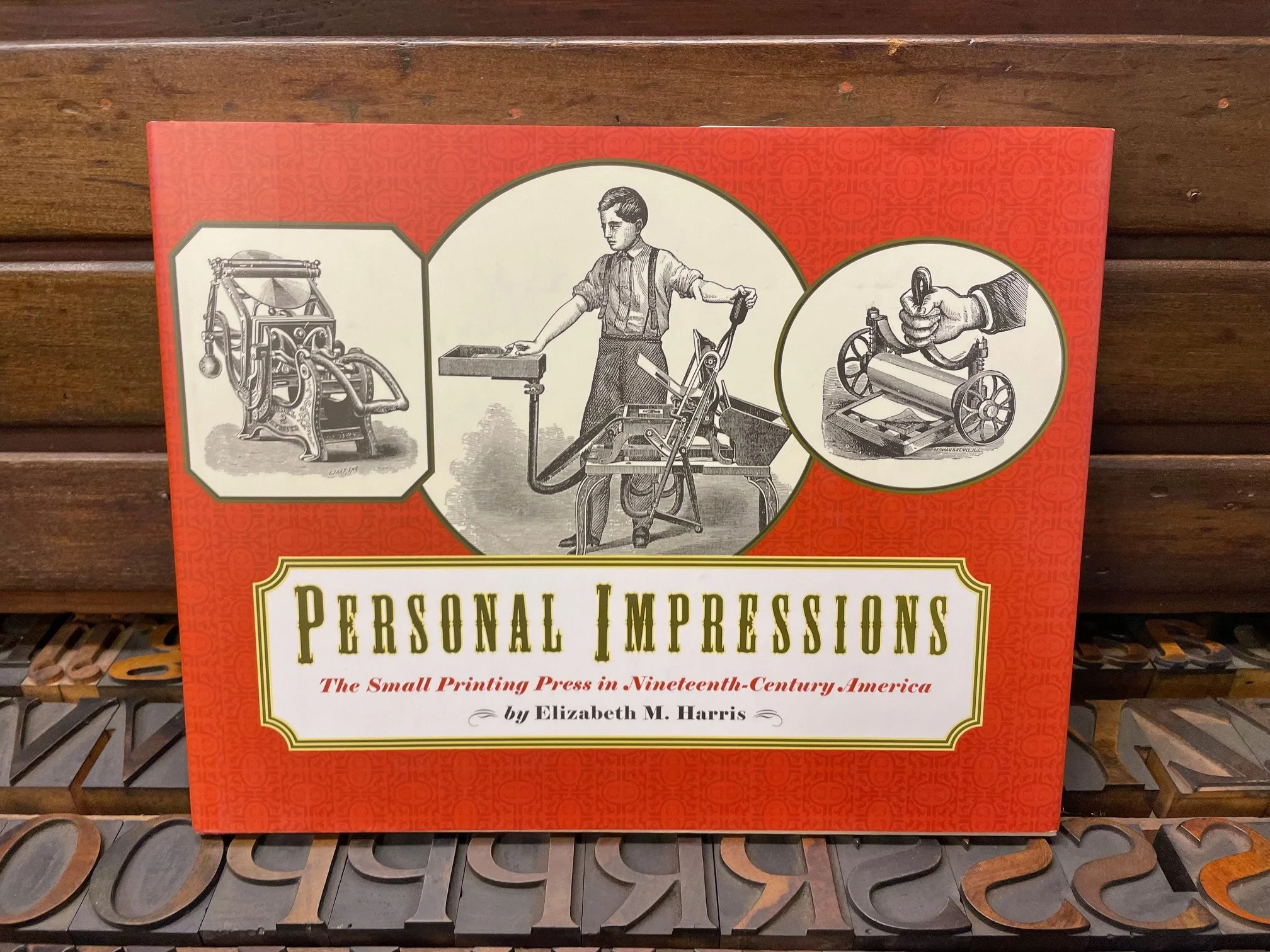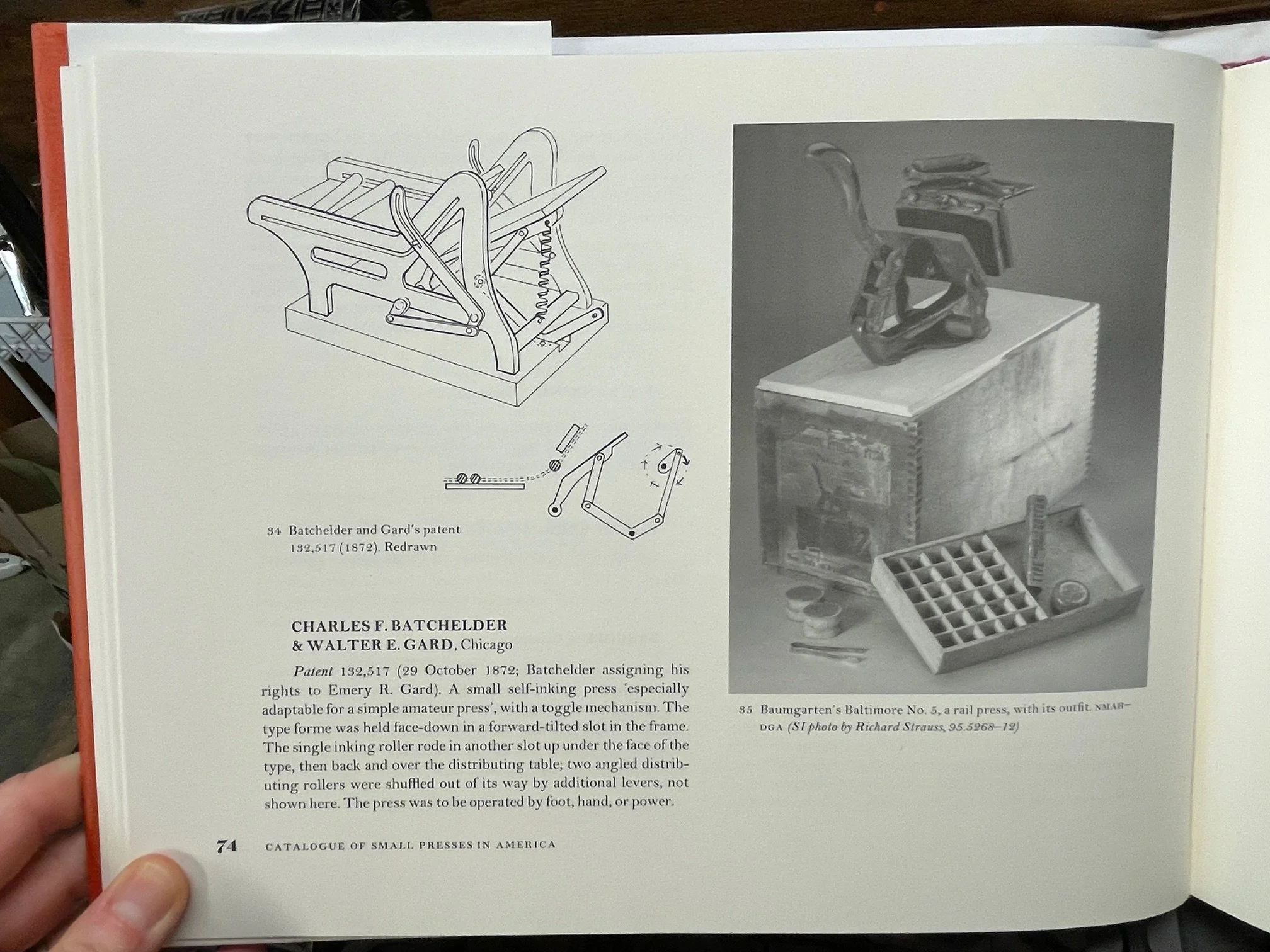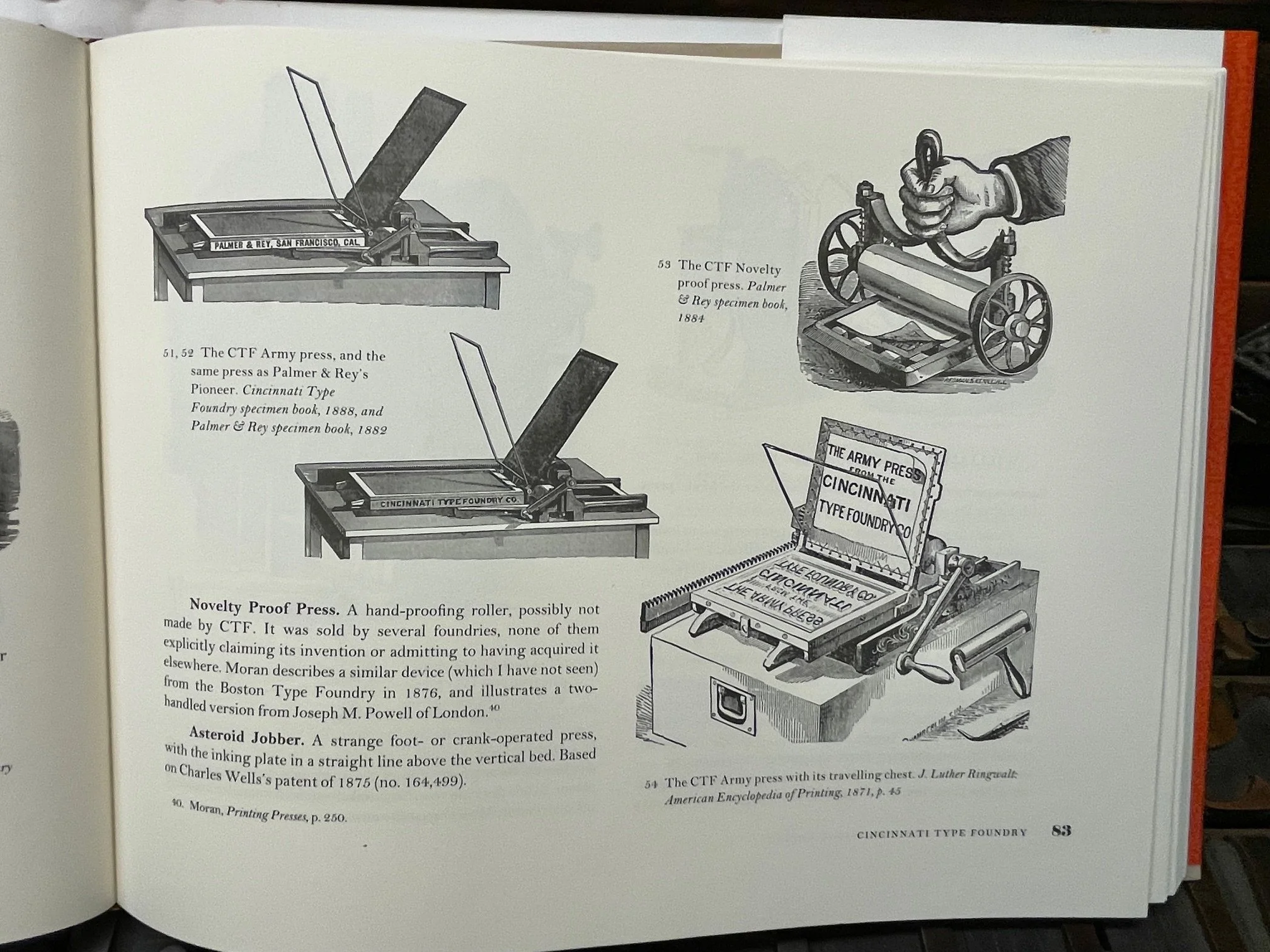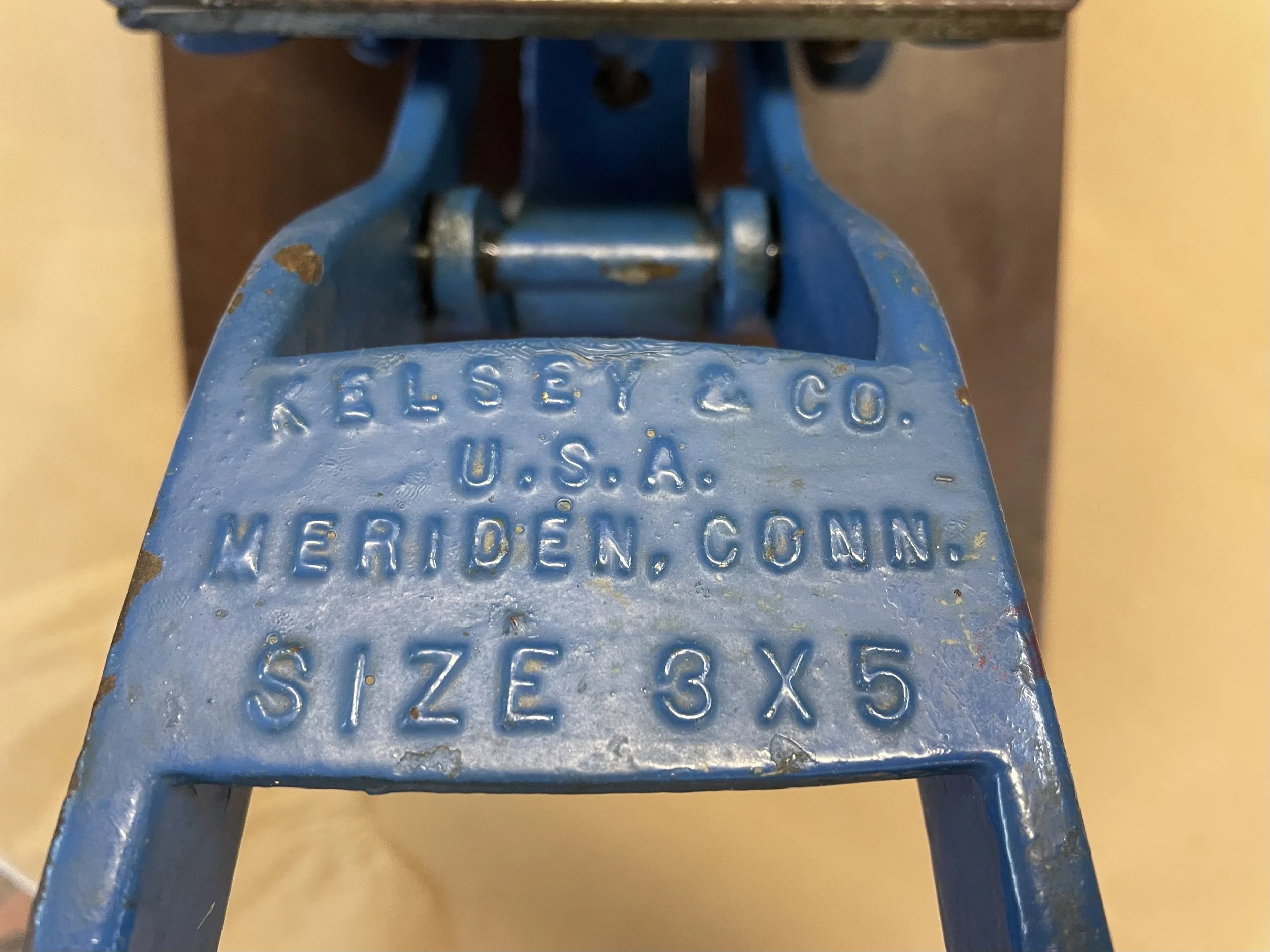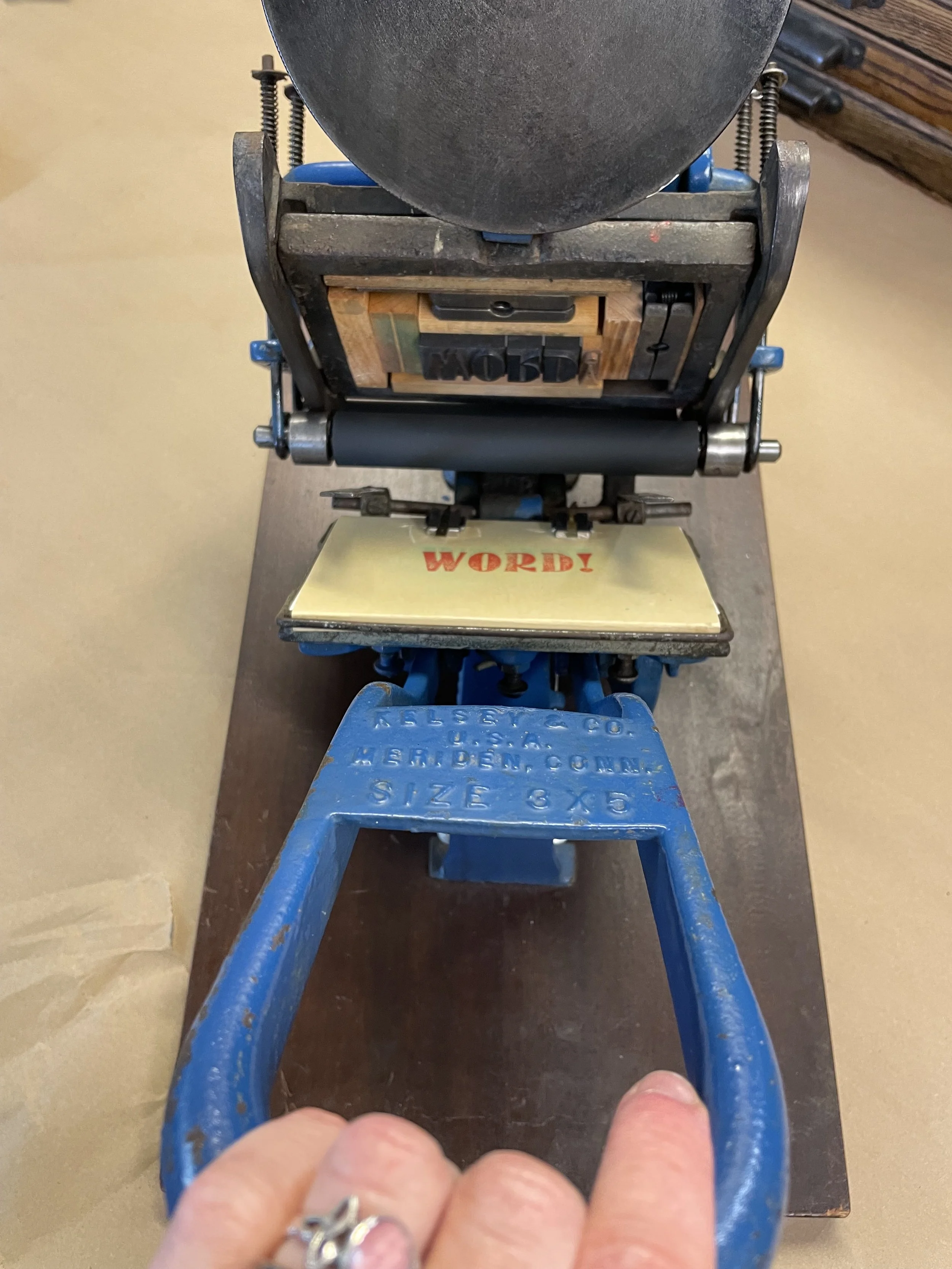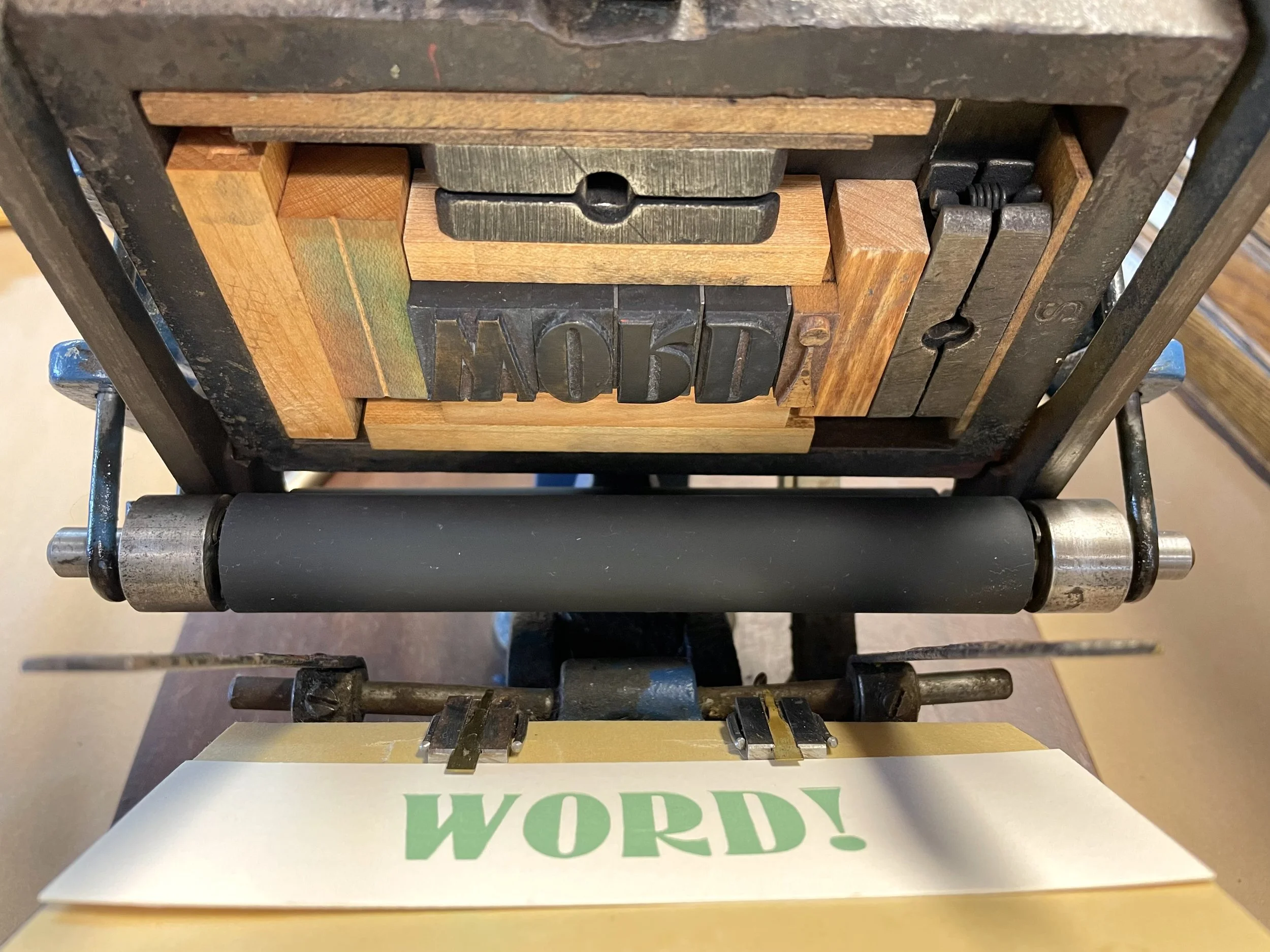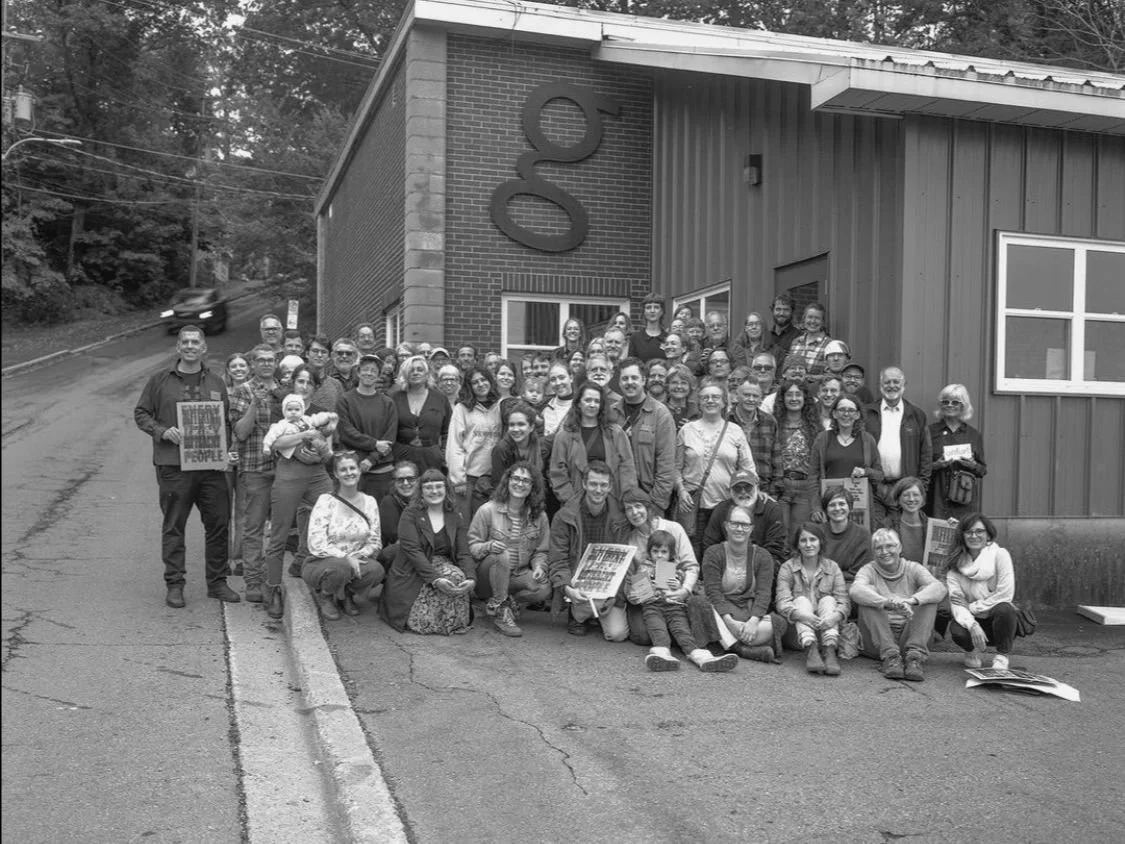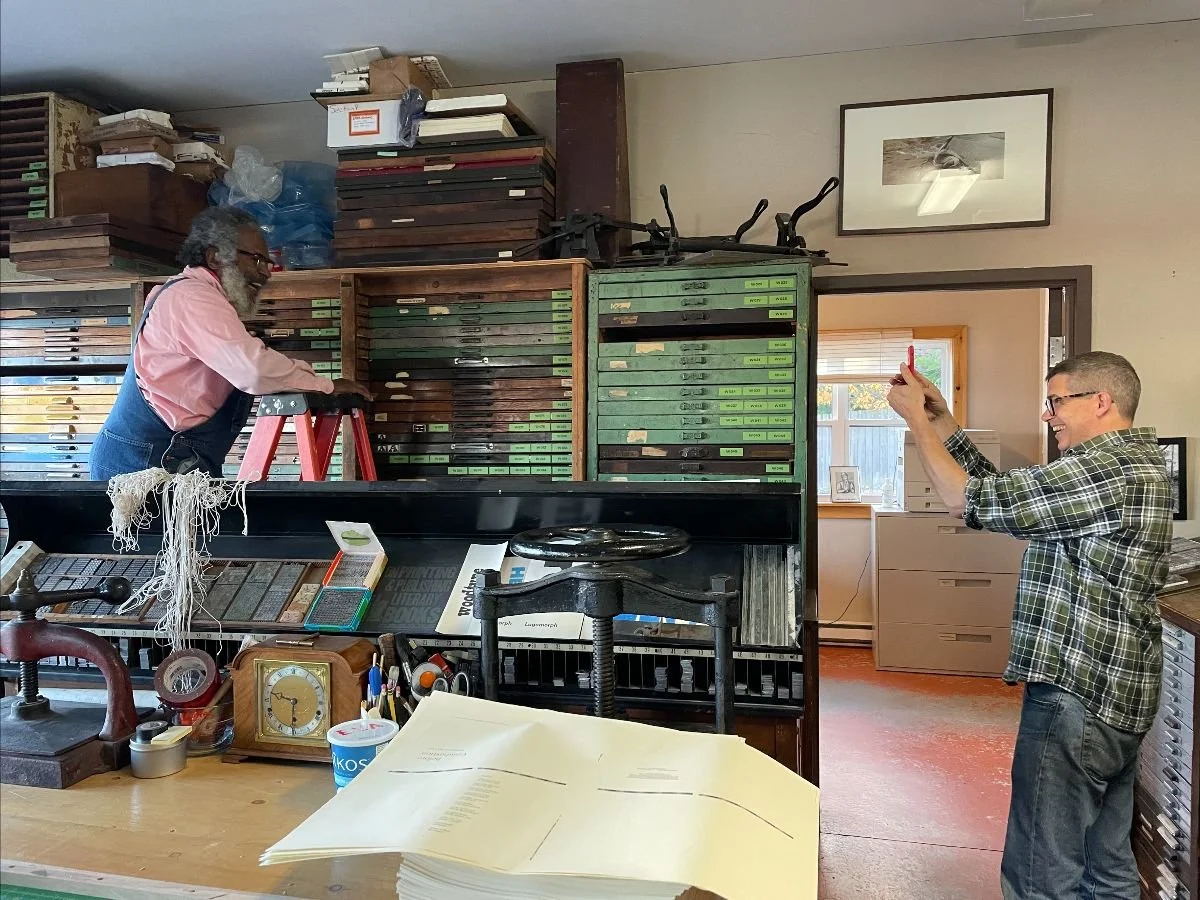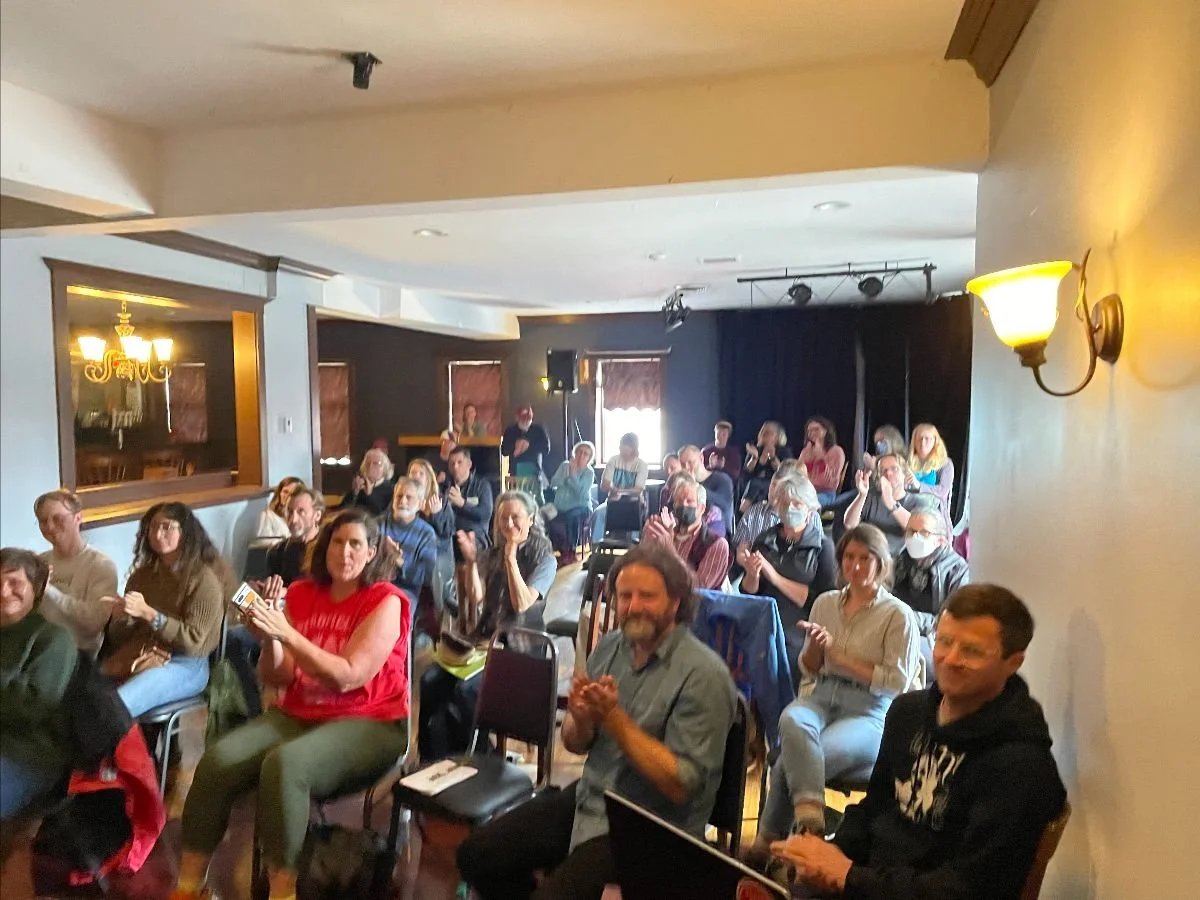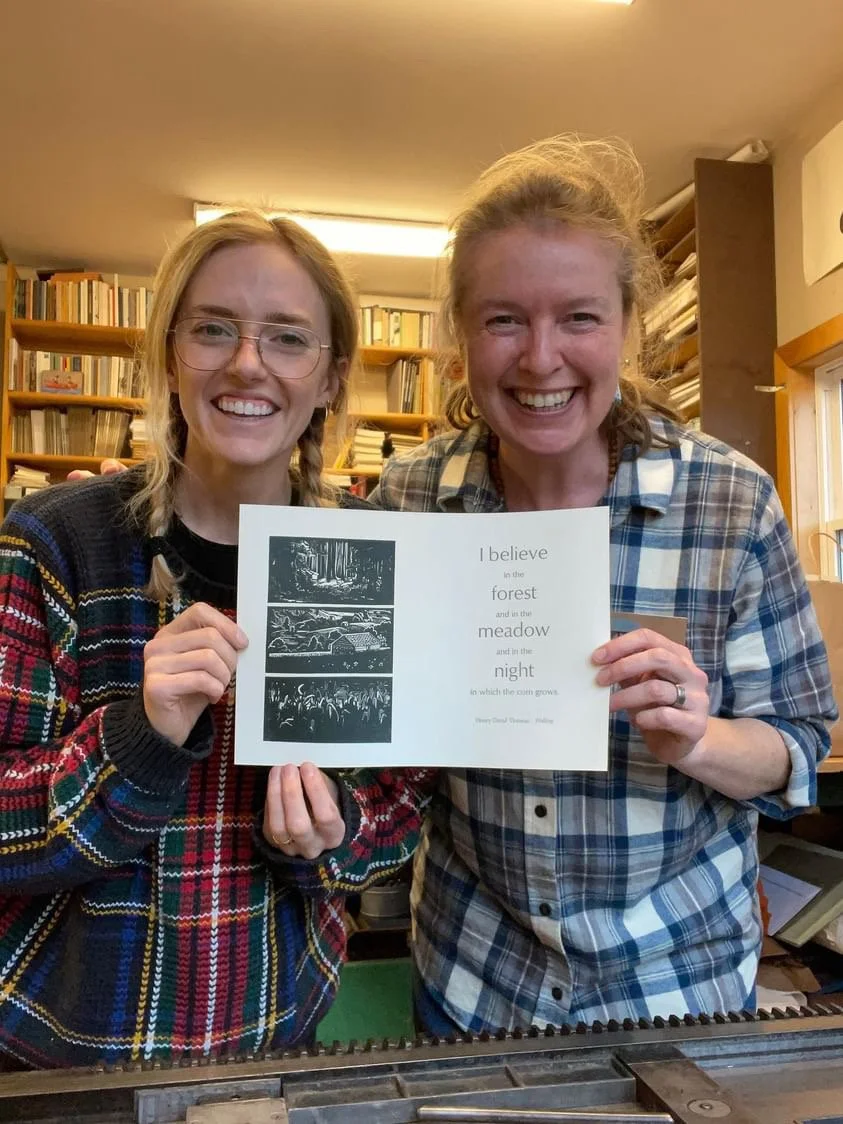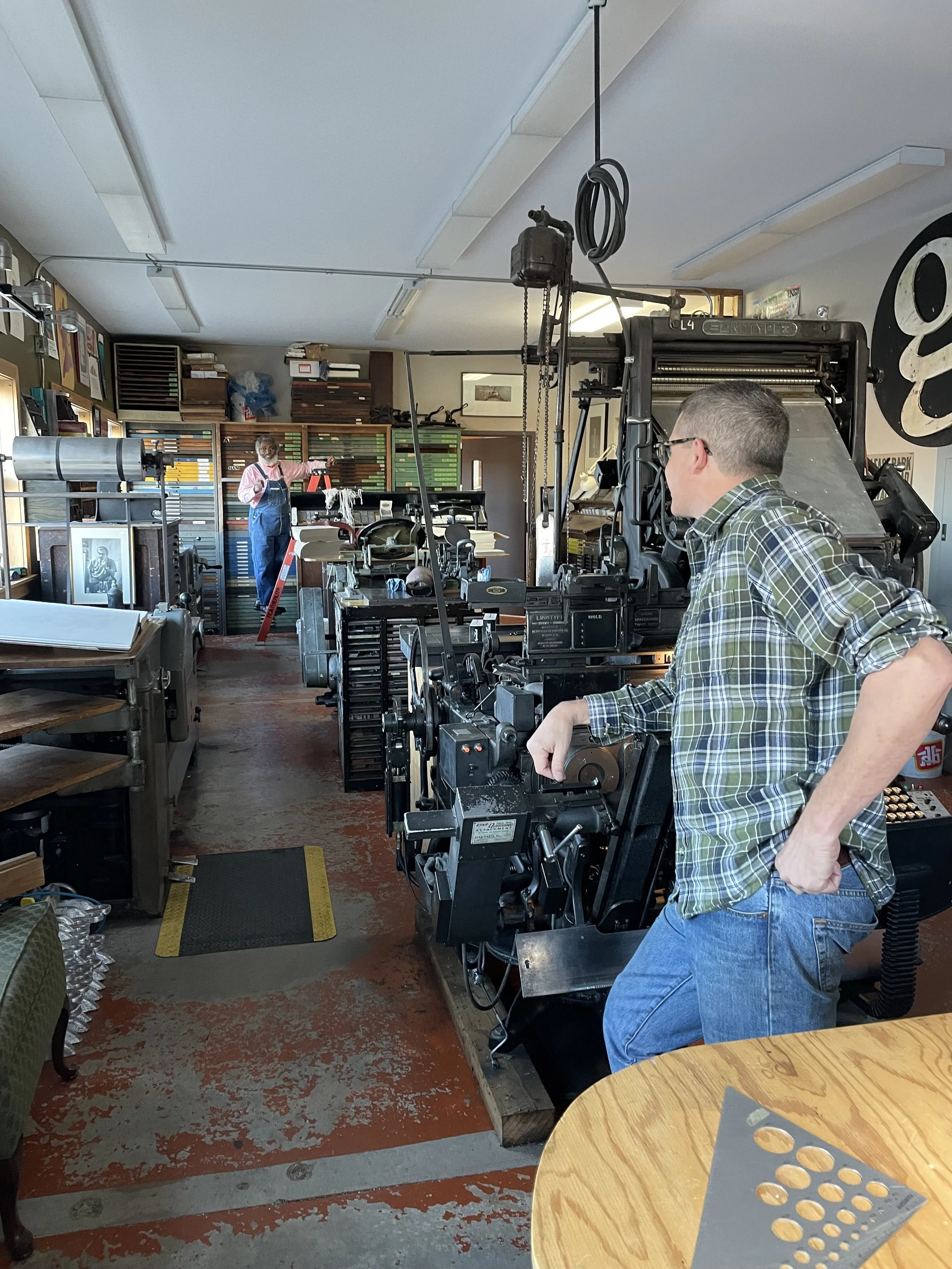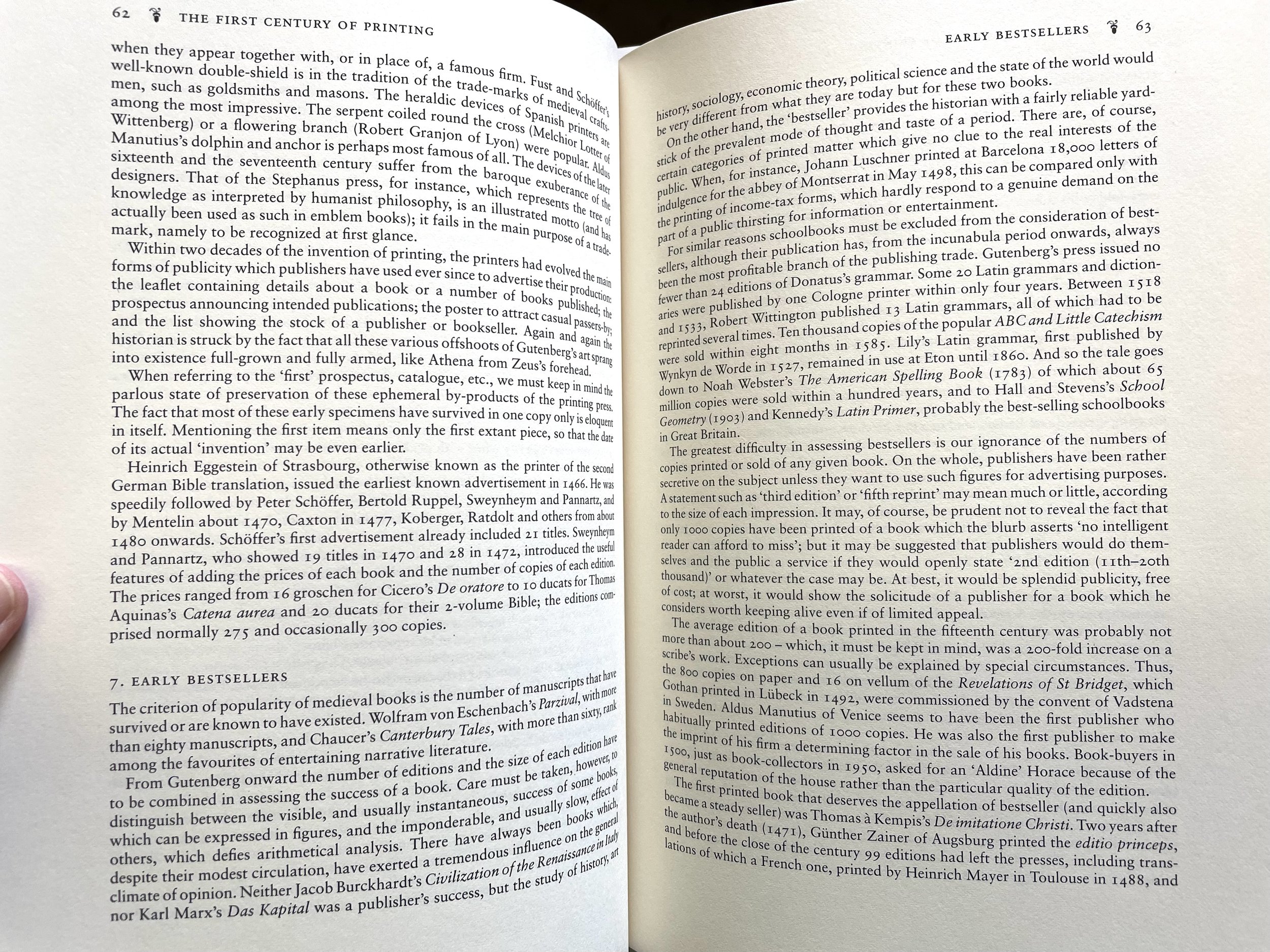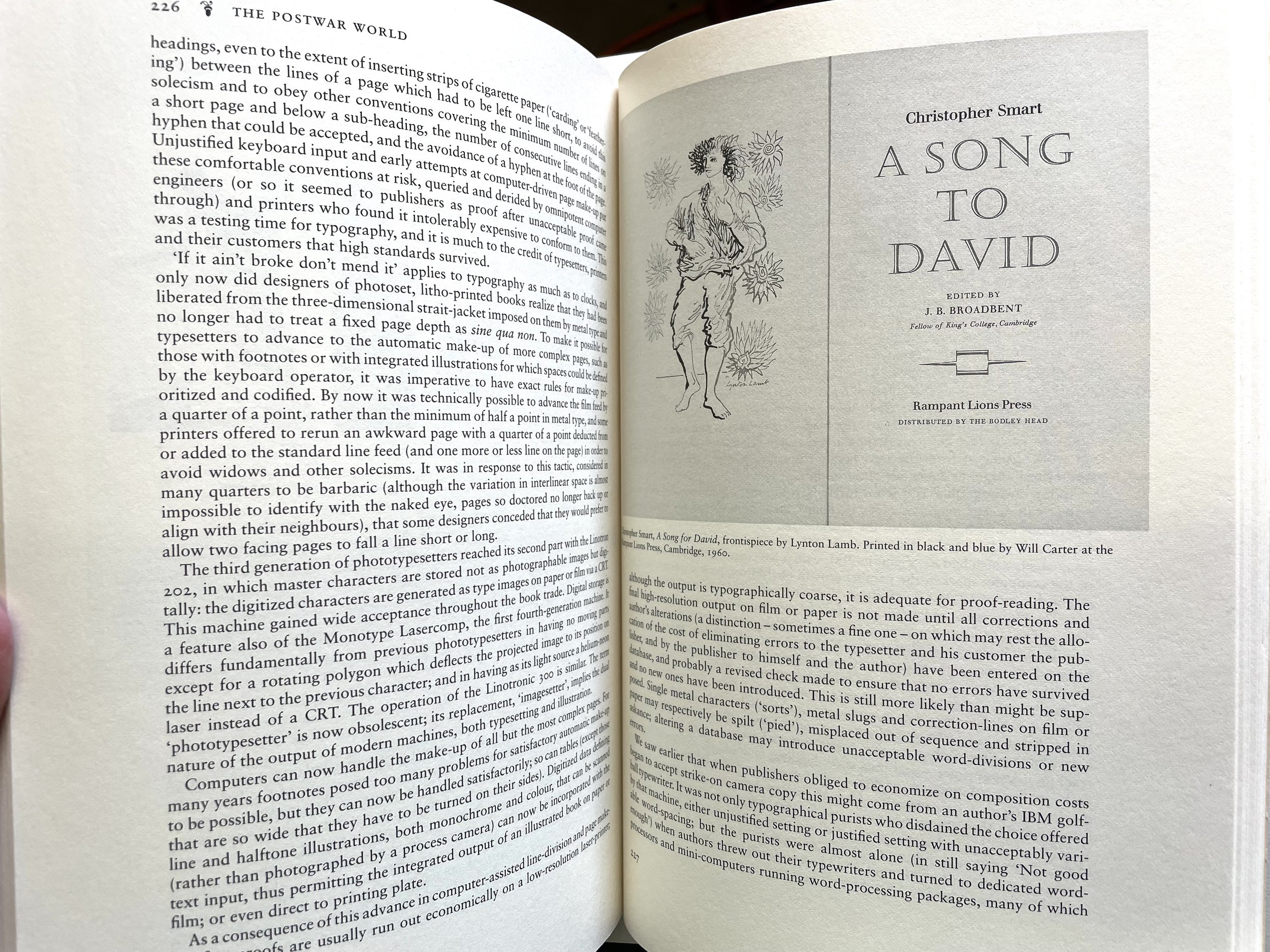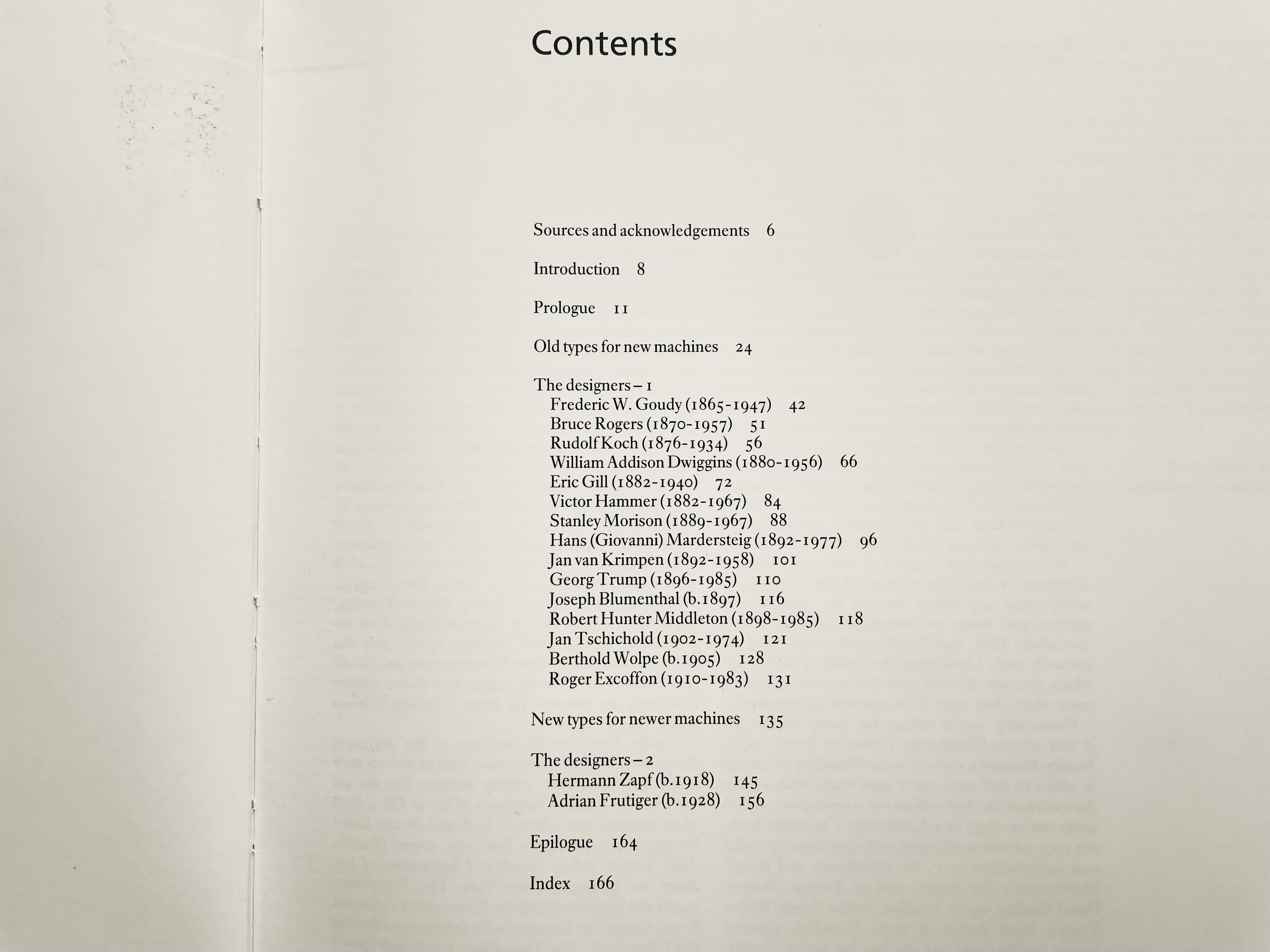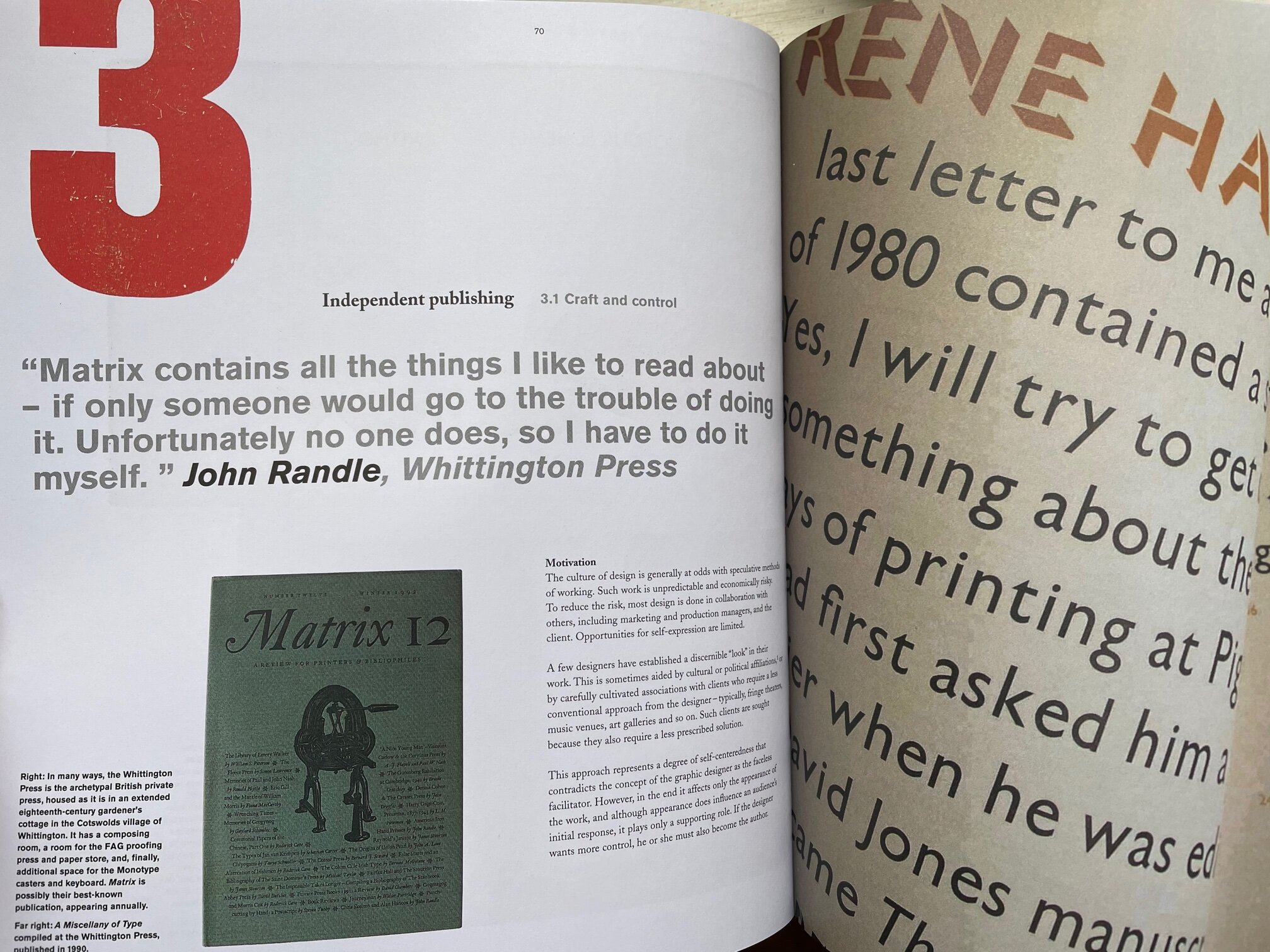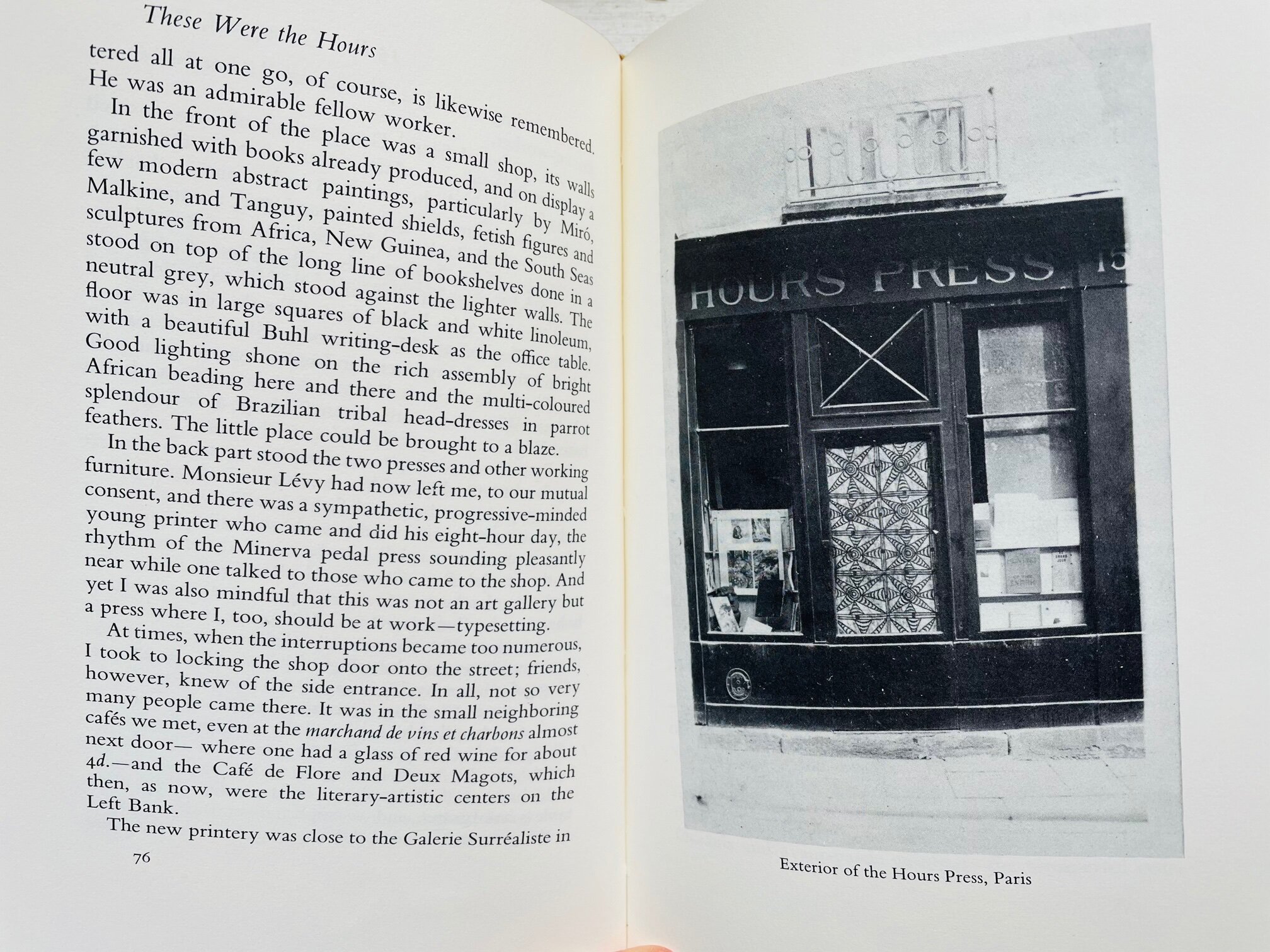(To listen to this essay, read by the author, click the black bar below.)
Dear Friends of the Press,
Photo courtesy of the Library of Congress.
Sometimes life ushers in an experience that you immediately recognize as important, as profoundly resonant, and as catalytic. I had the good fortune to be in the midst of such an experience on December 11th, when I drove up to Washington, D.C., to attend the inaugural reading of the nation’s 25th poet laureate, Arthur Sze, at the Library of Congress.
Arthur has been a friend and collaborator for many years now, and news of his laureateship earlier this autumn was both surprising (“Whoa! I know this guy!”) and not surprising (“Of course they’d pick him — he’s an outstanding ambassador for poetry.”). When the invitation came to join in the inaugural festivities, I determined to go and cheer him on if at all possible.
Feeling like the Country Mouse going to the Big City, I drove the 3.5 hours from our home in Afton and arrived early to make sure I could find a place to park as well as the event spaces inside the enormous Library (LOC) which I had never visited before. After clearing security and checking my coat, I began to relax and look around. What an extraordinary edifice. From the vast, intricately tiled ceilings, to the marble expanses of floors and stairways, to the vaulted dome and beautiful wooden paneling of the Reading Room, it became clear that the building itself is art. I walked around for an hour, mostly with my head tilted up, slack-jawed.


The only thing I knew about the LOC beforehand was that they housed one of the rare editions of the Gutenberg Bible, that history-changing codex from mid-1400s Europe (other places in the East had been printing with various methods for centuries). Printed on a wooden handpress with moveable metal type (faster, cheaper, and scalable, when compared to a squinting scribe bent over their candle-lit quill), the technology of this book ignited the match of mass literacy and spurred enormous cultural change. I asked an entrance greeter where to find the display and climbed the shoe-smoothed marble stairs she pointed toward.
Sometimes, a real-life encounter with something or someone famous can feel like a let-down, a far cry from the hype and mythology that clings to and even eclipses the actual. This was not the case with my encounter here. The LOC’s edition of the Gutenberg Bible is arrestingly beautiful and immaculately printed. A Library curator, who was giving an informal talk at the display, attested that each page was as near-perfect as the next. Leaning in close to the glass, I could see the superb thinness and evenness of the vellum pages, as well as the uniform dense black of the ink gently but firmly pressed into the sheet. Well over half-a-millennium old, this book has already outperformed any number of communication technologies, and is in relatively secure position to outlast many more in the next 500 years. (Let that Kindle your Fire.)

Arthur Sze (right) amid supporters at the reception.
Eventually, noting that the time was closing in on 5:30pm, I wandered to a first floor room for the opening phase of Arthur’s evening — a reception attended by his publisher and friends from Copper Canyon Press, other publishers and supporters from across the country, as well as his spouse (the poet Carol Moldaw) and their daughter. The energy in the room was one of warmth and delight, as person after person congratulated the poet and thanked the Library staff. Arthur himself seemed graciously comfortable with both the attention and his own natural reservedness. For him, being in the spotlight means putting the power of poetry front and center; it means seizing the opportunity to connect cultural and linguistic worlds. Watching and supporting Arthur at his gentle, unassuming, dynamic work (whether around a supper table or on a global stage) was and is a life’s honor and pleasure.
The original office and desk of U.S. Consultants in Poetry was in the attic of the LOC.
One unexpected delight and inspiration was discovering a fabulous display in the reception’s adjoining room — three LOC curators had laid out dozens of books, photos, and other memorabilia from decades of previous Poets-Laureate. What a trove! I learned that, back when the Laureate was called the Consultant in Poetry (until 1985), they actually had a dedicated office-space here — in the attic. Fortunately, it has a great view of the Capitol Building, and a generous desk at which to tend the tasks of the role.
Display of LOC materials related to the history of U.S. Consultants in Poetry / Poets-Laureate.
Another highlight on display was a personal notebook of Walt Whitman. Yeah, his own little journal, vigorously scribbled in with pencil and edge-worn from his pocket and hands. It was stunning to stand before it, to lean in close, to see his script and “hear” his words. There were also manuscript drafts by Mary Oliver, a letter from Georgia O’Keeffe (who, like Arthur, was connected both with New York City and Santa Fe), and many, many volumes of poetry to peruse. The curators were standing by to answer questions about luminaries from Robert Frost to Elizabeth Bishop to Rita Dove, and to add more stories to this hands-on experience from the LOC archives.





Acting Librarian of Congress Robert Newlen.
As the clock neared 7pm, I tore myself away from the Poets-Laureate exhibit to find the auditorium — it was time for Arthur’s inaugural reading. The place was packed, and humming with anticipation (for poetry!). Robert Newlen, the Acting Librarian of Congress, opened the program with welcoming remarks, an overview of how the laureate is chosen, and a brief, quietly insightful introduction to Sze’s work.
“Arthur, may your words as our Poet Laureate deliver us tolerance, connection, and understanding. May they help our nation slow down in a wold that rushes past itself.”
~ Congresswoman Teresa Lager Fernández
Newlen then handed the stage to a person who was not listed on the program and who was a surprise to me — U.S. Representative Teresa Leger Fernández. What a powerhouse! With eloquence, heart-centered sincerity, and her own poetic prose, Fernández evoked the New Mexican landscapes and peoples that she and Arthur both, in their respective ways, represented. And she primed the already-eager crowd to receive and be catalyzed by Arthur’s presence and poetry. We were, in effect, tuned — made ready to resonate — with the chords one man would sound.
After much applause for the Congresswoman and Newlen, Sze himself walked into the warm glow of the stage’s lighting. He began with requisite notes of gratitude, and then introduced his evening’s work: “I’ve assembled poems written over a span of 47 years this evening, and I’ve organized the poems not in a chronological but in a thematic conversation. I’ll just start.” And with that briefest of prefaces, the new laureate began to unspool 45 minutes of finely woven language, intricate and strong. The audience received the threads attentively and appreciatively, and, in the end, we realized that we had been woven into it all, too.
(Part of this sense of “being woven” I attribute to the work of the American Sign Language interpreters who translated each poem into lyrical gestures. Over and over, at the side of the stage, they took turns embodying the beauty of Arthur’s poetry. Photo: In the foreground, a sign language interpreter renders Arthur Sze’s words at the Library of Congress, 12/11/25.)
Prismatically, the deeper Arthur looked — and we with him — at a leaf, an anvil, or a flake of salt, the more expansively he and we could see into the realities of planetary existence, of human emotions, of time’s ravages and revelations. In his soft, deliberate voice, Arthur amplified not himself but that essential component of culture — language (whether spoken, written, gestured, or printed) and language’s freight, human experience.
Arthur Sze at the Library of Congress, 12/11/25.
“I need to say that the Library of Congress is not just a national treasure, it’s a world treasure,” said Arthur. And, as Congresswoman Fernández noted, it is “our Library.” This was all palpable to me, a first-time visitor, from the moment I began to take in the building’s architecture, to the glimpses I got of its vast archives, to the percussive joy resounding through the auditorium after Arthur read his last poem. It is my hope that you, too, may feel some of this cultural kinship: far from being a dusty crypt, the LOC is a living reservoir of past, present, and future; a record and an expression of the continuity of possibility that is… us.
—
View of the U.S. Capitol Building from the steps of the Library of Congress. (EEH, 12/11/25)
To watch the recording of this Poet Laureate Inaugural Reading at the Library of Congress on December 11th, 2025, see the LOC’s YouTube page: https://www.youtube.com/live/4YajaYY0ktc?si=anqgau_pNLMtH5rm Enjoy!
All text and photos copyright Emily Hancock 2026, except where noted.























